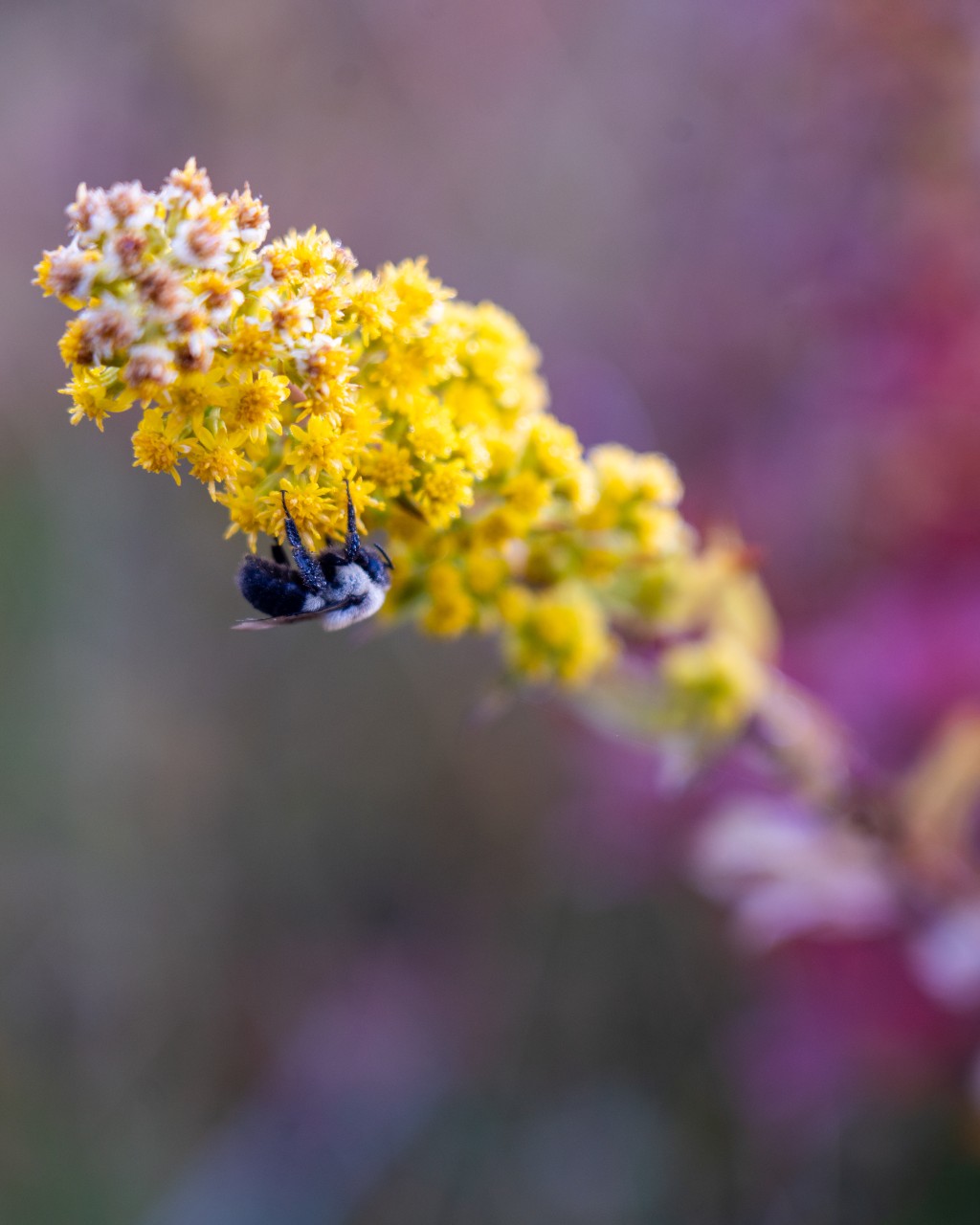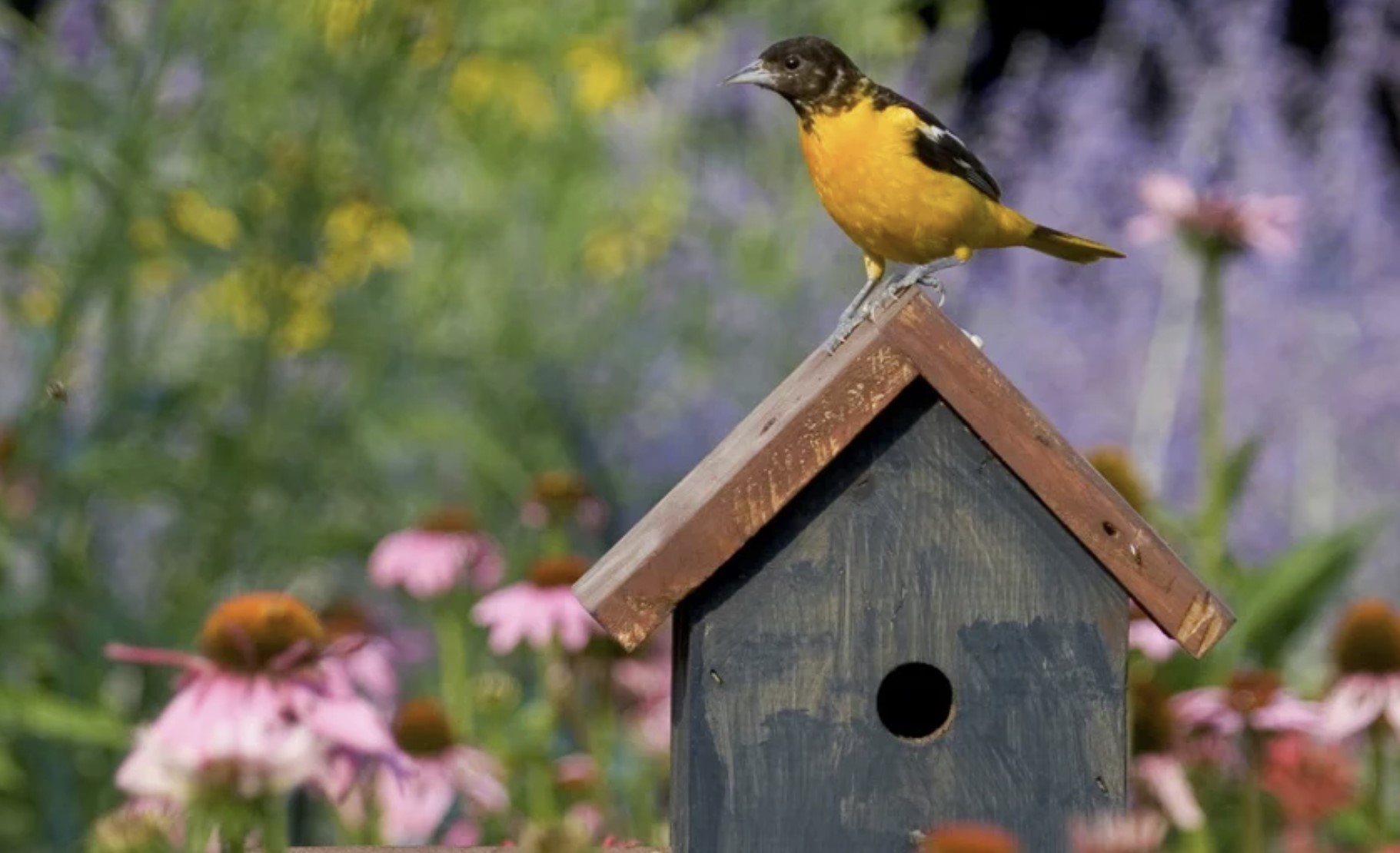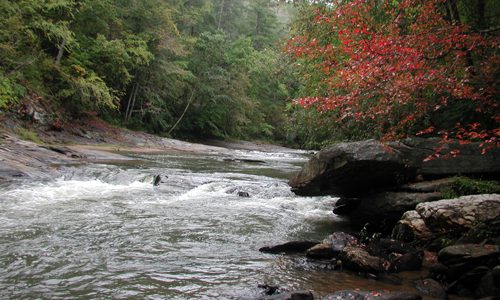
Cardinal Flower (not mentioned, but a hummingbird magnet!)
Adding beauty to our home landscapes is reason enough to grow native plants. Some of these plants have the additional value of attracting birds, insect pollinators and other interesting wildlife to our yards. Most of us know that milkweeds attract monarch butterflies. Many of the wildlife-attracting plants in the upcoming Native Plant Society sale are just as effective but are not as well known.
Following are just a few examples:
Phyla nodiflora or frog fruit is a low, spreading plant in the verbena family. Different publications give very different information on the plant’s cold hardiness but local Native Plant Society members report that they have grown it successfully in their gardens. Frog fruit is a groundcover that tolerates a wide range of conditions including dry, sunny sites where turf struggles. It is a host for the caterpillars of phaon crescent and buckeye butterflies. The small flowers attract an assortment of small pollinating insects throughout the summer.

Dwarf Goldenrod
Several species of goldenrod, Solidago, will be available at the sale. The bright yellow flowers in summer and fall attract a tremendous variety of pollinating insects. In Nature’s Best Hope, Douglas Tallamy states that 181 different species of caterpillars feed on goldenrods. More than forty species of goldenrod grow naturally in South Carolina. One of the sale plants, dwarf goldenrod or Solidago nemoralis, is noteworthy because it grows to only about two feet tall. Despite the stories you have heard, goldenrod does not cause allergies. Its pollen is comparatively heavy and is distributed by pollinators – not wind.
Lonicera sempervirens or coral honeysuckle is a beautiful evergreen vine. It is small enough to be grown on a chainlink fence with a little trimming. Clusters of red trumpet-shaped flowers attract hummingbirds and long-tongued butterflies. You may know about the clearwing moths that fly during the day and look like miniature hummingbirds. The caterpillars of one species, snowberry clearwing moth, feed on the leaves of this honeysuckle. In late summer and fall, the small red fruits of this honeysuckle provide food for birds.

Sugarberry
Celtis laevigatus, sugarberry, and Celtis occidentalis, hackberry, are medium-sized native trees that are not commonly found in area nurseries. The trunk of sugarberry tends to be light gray and smooth while hackberry has distinctive corky ridges on the trunk. Both trees are host to the caterpillars of several butterfly species including the mourning cloak, question mark, American snout, tawny emporer and hackberry butterflies. Their fruits are eaten by a wide variety of birds. Plus, you get the benefit of the shade.
Numbers of most native plant species in the sale will limited, and when they’re gone, they’re gone! Remember, paid-up members and plant sale volunteers get 24 hours of early access beginning October 9, so join, renew, or volunteer today!




